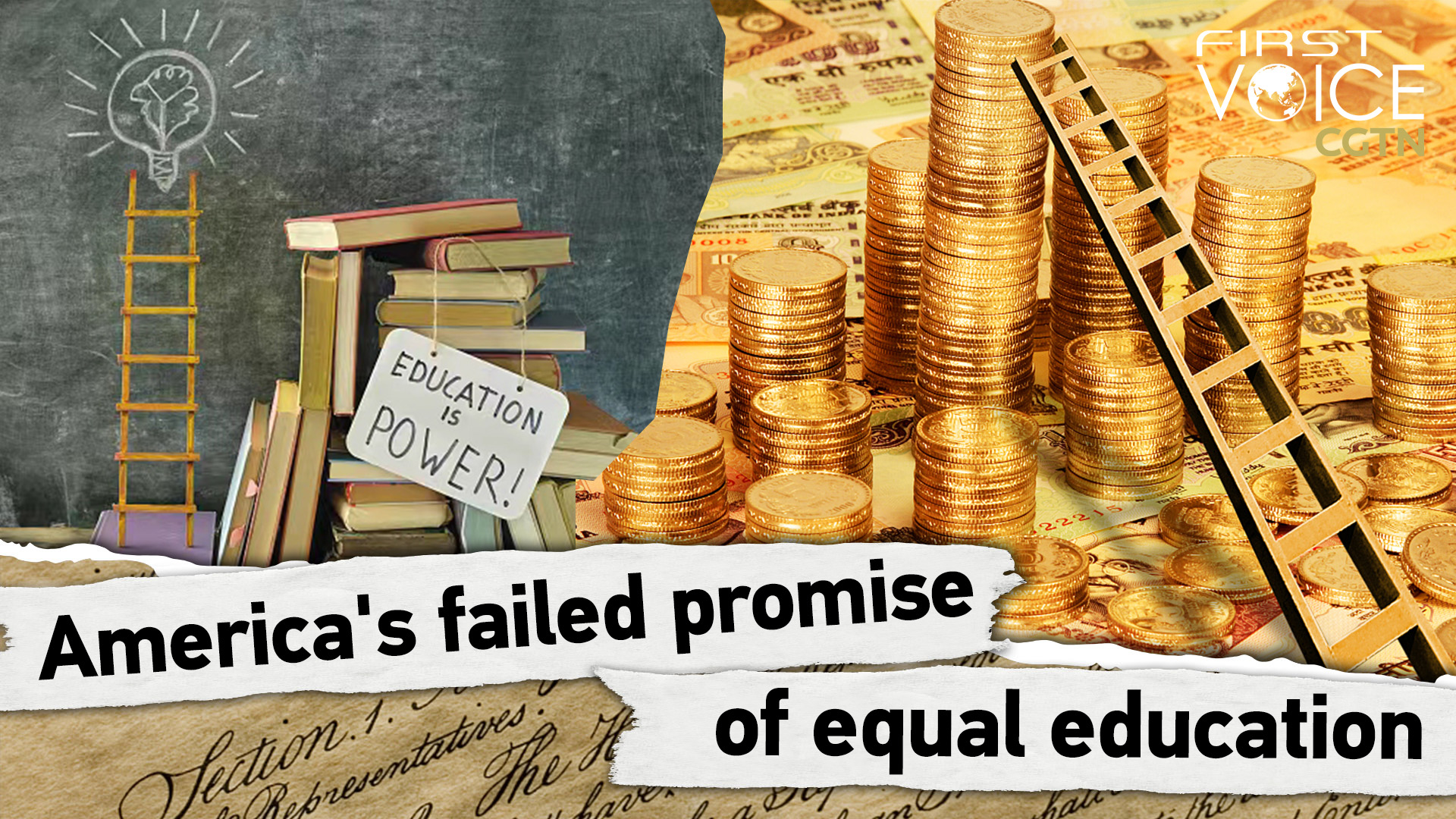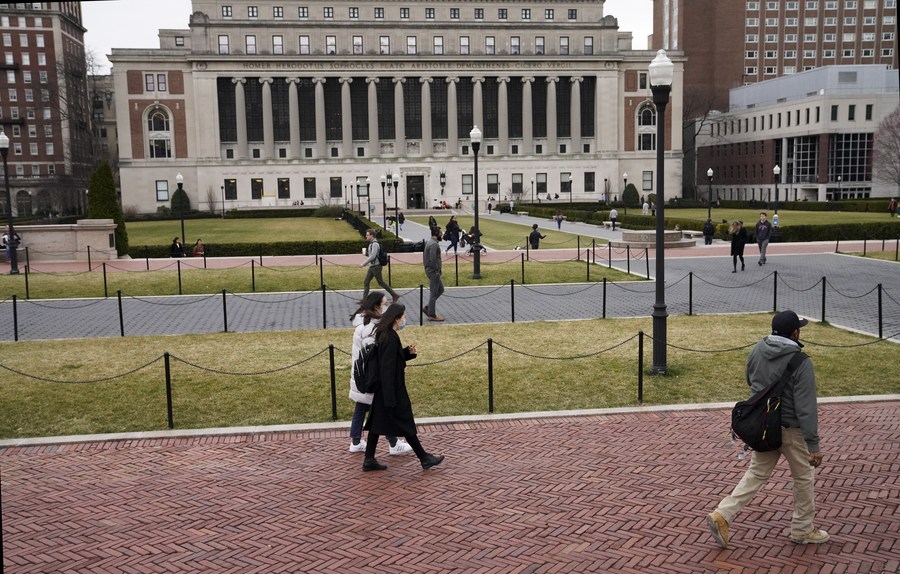
Editor's note: Wretched City upon a Hill is a 10-part series examining the clash between America's cherished beliefs about its democracy and the jarring truth about how the system fails in practice. The fifth essay is about education.
Equity in education has been the goal of education reform in the U.S. since its founding.
Henry Kissinger, former U.S. Secretary of State, has benefited from education. When he first arrived in the U.S. as a refugee, Kissinger was a teenager who did not speak English. After high school, he worked during the day to make a living and learned accounting as a part-time student at City College of New York. Thanks to education, Kissinger became U.S. Secretary of State, the highest government position an immigrant could achieve.
Outsiders might attribute the success of people like Kissinger to living in the U.S., a country with an ideal system of equity in education. However, American economist Samuel Bowles argues that the purpose of the American education system is not to change the lives of the working class, but to serve the interests of the country's political and economic elites. Benefits to the working class are just byproducts of the process.
Starting in 1990, the federal government introduced a market-based, free-for-all approach to public education to ensure quality and equity in education. In addition to public school enrollment by school district, an enrollment mechanism based on a two-way choice between students and schools was introduced.
However, in reality, the mechanism has become a means for charter schools to select excellent students, making it difficult to ensure equal access to educational resources. Outstanding students from all schools are cherry picked by a few good schools. Other schools are left to struggle, or even close.
Furthermore, instead of complementing traditional public schools, most charter schools, except a few prominent ones, have become for-profit institutions and popular investment destinations. Instead of helping students who need it most, these charter schools exclude them. The only winners from the reform are big business, while the losers are underprivileged children who are denied the right to a good education.
The bank accounts and university degrees of parents help old money social classes defend their right to education. Elite schools serve as the invisible wings for the privileged to access quality resources in education and ultimately reap big rewards from their degrees.

People walk on the campus of Columbia University in New York, the United States, March 10, 2020. /Xinhua
People walk on the campus of Columbia University in New York, the United States, March 10, 2020. /Xinhua
According to statistics cited by Michael J. Sandel, a professor at Harvard University, only 3 percent of students at 146 top universities come from poor families. Data from PayScale and the U.S. Department of Education show that graduates from the country's top 10 universities go on to earn more money than others.
Without the support of wealth and privilege from their parents, the remaining young people have to go to public schools. These schools in poor school districts are always underfunded and cannot afford to hire experienced teachers or even provide enough textbooks to students. In New York City, some underfunded public schools even ask students to bring chalk and toilet paper.
In high school, to avoid falling behind even further, African-American and Hispanic students in particular try to avoid going to low-performing high schools that are known as "dropout factories." As the structure of the economy changes and the demand for a more educated workforce increases, dropouts, without diplomas and skills, have little hope in the labor market. They are at a high risk of ending up in prison.
Some believe that there is an invisible "pipeline" connecting underfunded schools and prisons. About 80 percent of male inmates in federal and state prisons have not completed their high school education.
In addition, American high school campuses are extremely vulnerable to gun violence. Studies have shown that the size and location of a school, its public funding, and predominantly non-white enrollment are all factors linked with fatal shootings.
In the U.S. today, the right to education is no longer a basic human right as it should be. The reality is that quality educational resources are monopolized by the powerful and the wealthy, while the poor and the disadvantaged are deprived of their right to education. With such extreme inequality, calling on young people to work hard in school and change their lives with education is nothing but empty talk. The myth of equity through education in the U.S. is nothing more than a pipe dream.
(The author, Xie Yun, is an assistant research fellow at the Institute of American Studies, Chinese Academy of Social Sciences. If you want to contribute and have specific expertise, please contact us at opinions@cgtn.com. Follow @thouse_opinions on Twitter to discover the latest commentaries in the CGTN Opinion Section.)